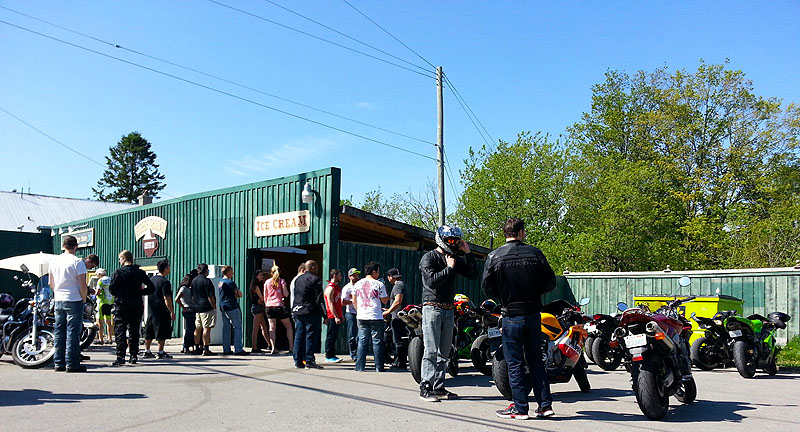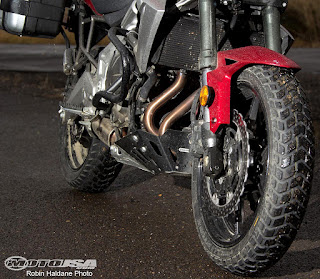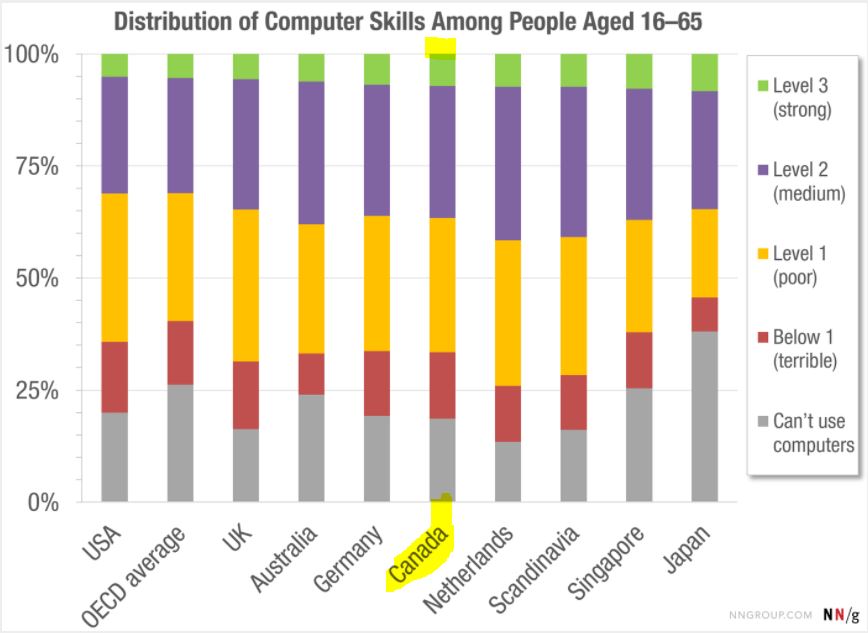I was asked the other day what virtual reality could do beyond the obvious entertainment it provides. A bit of online research shows VR moving in a number of directions beneficial to education.
Below is a list that covers everything from currently available software to academic research and emerging uses. It isn’t even remotely complete.
***
VR for physio therapy
Phantom Limb Pain Recovery
http://ift.tt/2gZdE69
Physical Therapy VR Research
http://ift.tt/2i3rUbH
If you’ve ever immersed yourself in VR you quickly become aware of how elsewhere you feel. I’ve felt vertigo while standing on a cliff in Google Earth. As a tool for balance and movement it has obvious immediate applications.
A Home-made VR Motion Sensor and Data Collection Tool
VR and Autism
http://ift.tt/2i3pdqV
Founded by two dads of kids with autism, Floreo explores VR as a therapy. I like their approach: autism isn’t seen as a defect but a difference that we can support with therapies designed to allow these different thinking kids to survive and thrive with everyone else.
Austism Speaks on Virtual Reality
http://ift.tt/2i3oKoj
Autism Speaks is a science focused advocacy group that is encouraging a seed change in how society views the spectrum of atypical autism related thinking.
In this article they are funding research into a VR based social cognition training in order for autistic people to function more effectively with others. The complexities of autism means they need to proceed carefully with data collection. VR’s unique sense of immersion means they can simulate social situations (and the anxiety that arises from them) more accurately and produce responses that reflect it. The data collected from this specifically targeted research is vital to creating tools to help people with autism practice social skills more effectively.
Having kids who are already comfortable with VR means that when this therapy is ready they won’t have to get familiar with the technology before they benefit from the therapeutic value of the program.
Sensitivity Training for Neurotypicals
http://ift.tt/1PM1nPM
We’re currently using a 360 camera to create a VR based tour of our school. In it students get to move around the building looking where they want in order to begin to get a sense of where everything is. Editing 4k 360° video is a challenge – I have to use the best VR PC we have to do it (when it isn’t running VR), but we’ll get there.
In the meantime, I came across this immersive video made by the UK’s National Autistic Society. Designed in collaboration with autistic people, it gives you some idea of how overwhelming the world can be when an autistic child has a panic attack. It’s overwhelming watching it on the screen. Watching it in VR I was in tears…
If you’re not in VR and haven’t done 360° video before, you can move the point of view around with your mouse as you watch. As a way of trying to explain to others how it feels to have a panic attack when you’re autistic, it’s a powerful tool.
Using VR to Teach Autistic Teens How to Drive
http://ift.tt/2i3toTC
Another ready-now application for VR is in vehicle operation. High performance operators such as racers use it to learn tracks. Heavy equipment operators are using it to train people on expensive industrial machines before they ever get into the cab for the first time. Pilots have to log flight time in a simulator as part of becoming qualified on a new plane. As a way to get people familiar with a complex machine it’s cheap and effective.
In this case VR is being used to ease the anxiety of learning to drive in teens with autism. Every high school in our board has driving instruction starting in their parking lots. They should all be adopting this first step in order to ease anxiety before putting any kid behind the wheel for the first time.
General education links
The Virtual Reality Society
http://ift.tt/2gZexMj
Based out of the UK, this group offers a great resource site to get your feet wet in VR. They are also very interested in how VR can be used in teaching and learning and a lot of their links will take you emerging uses of this technology.
That Tim King Guy
http://ift.tt/2i3piLf
There’s this guy in Canada who jumped into this early and has his students building VR kits for other schools. He’s out and about often demonstrating the technology in his school, his board and his province to anyone who will listen. He and his students have put hundreds of people through their first experience with VR.
VR and Mathematics
http://ift.tt/2i3tkDe
Experiential algebra in VR. The benefits of visualizing mathematics in 3d are obvious. This is one of many academic papers on the subject.
http://ift.tt/29awe9z
Geometry is another obvious use for 3d data visualization. This is another academic paper on using VR in teaching geometry.
VR and Chemistry
https://devpos
Chemistry is one of those hands on teaching environments that have a lot of safety oversight. Using VR to familiarize students with the safety needs of the lab could drastically reduce damage costs. The safety training applications school-wide in technology and science are obvious.
http://ift.tt/2i3rUsp
Drop into a chemistry lab and explore.
http://ift.tt/2gZ7cMG
Data visualization is a huge part of VR. Chemistry researchers are already envisioning how it could be used to better understand advanced chemical interactions.
http://ift.tt/2i3tmuQ
An academic paper on how immersive simulation can advance the learning of chemistry.
from Blogger http://ift.tt/2i3sLJu
via IFTTT













